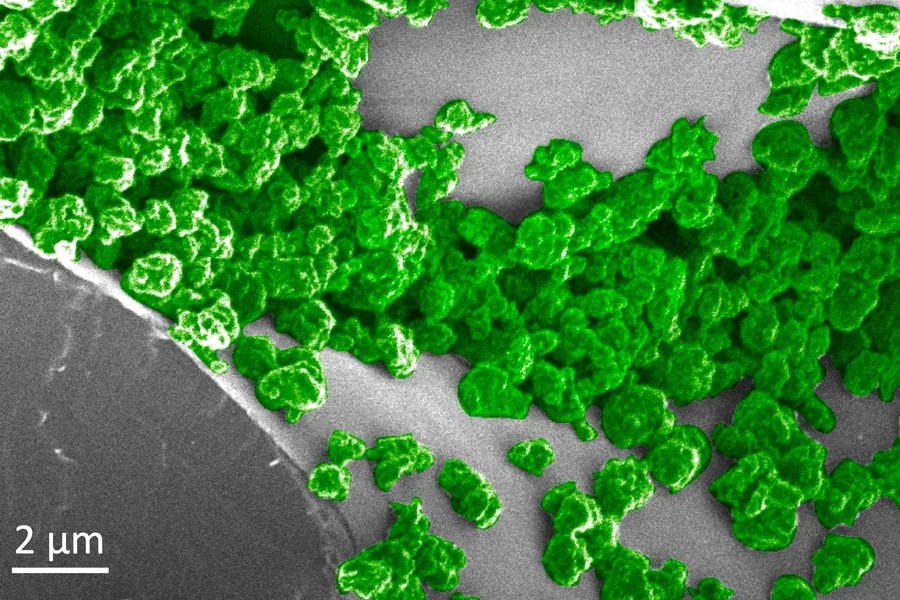A decent chunk of energy usage goes towards lighting, so scientists at MIT are developing a new kind of passive lighting – glow-in-the-dark plants. In the latest experiment, the team has made them glow much brighter than the first generation plants, without harming their health.
The emerging field of “plant nanobionics” involves embedding nanoparticles into plants to give them new abilities. Past work by the MIT team has created plants that can send electrical signals when they need water, spinach that could be used to detect explosives, and watercress that glows in the dark.
As interesting as that last one was, the glow wasn’t particularly bright – about on par with those plastic glowing stars many of us stuck to our ceilings as kids. That’s a cool novelty but not much help for the ultimate use case of passive lighting.
Now, the researchers have boosted the brightness to more practical levels. The key was to switch the glowing components from luciferase and luciferin – which give fireflies their glow – to phosphor materials. These materials absorb and store visible and ultraviolet light, and slowly release it as phosphorescence.
“Creating ambient light with the renewable chemical energy of living plants is a bold idea,” says Sheila Kennedy, an author of the study. “It represents a fundamental shift in how we think about living plants and electrical energy for lighting.”
In this case, the team used nanoparticles made of strontium aluminate as the phosphor, and coated them in silica so they didn’t damage the plants. These are then infused through pores in the leaves, and eventually accumulate in a layer called the mesophyll.

After being exposed to light from the Sun or LEDs, the plants will glow green. The team tested the technique on a range of plants, including watercress, tobacco, basil, daisies and elephant ear, and found that just 10 seconds of exposure to blue LEDs makes the plants glow for up to an hour. As might be expected, the light is at its brightest in the first few minutes, before dimming over the next hour.
The light was 10 times brighter than the previous version, and importantly, the nanoparticle implants didn’t harm the plants’ normal functions, such as photosynthesis and evaporating water through their leaves.
The end goal, the team says, is to try to develop glowing plants that could be used to passively light up streets or other public areas, reducing the energy consumption needed for street lights. The next steps towards that goal is to combine the new strontium aluminate nanoparticles with the earlier luciferase ones, to hopefully make the glow brighter and longer-lasting.
“If living plants could be the starting point of advanced technology, plants might replace our current unsustainable urban electrical lighting grid for the mutual benefit of all plant-dependent species — including people,” says Kennedy.
The research was published in the journal Science Advances.
Source: MIT





